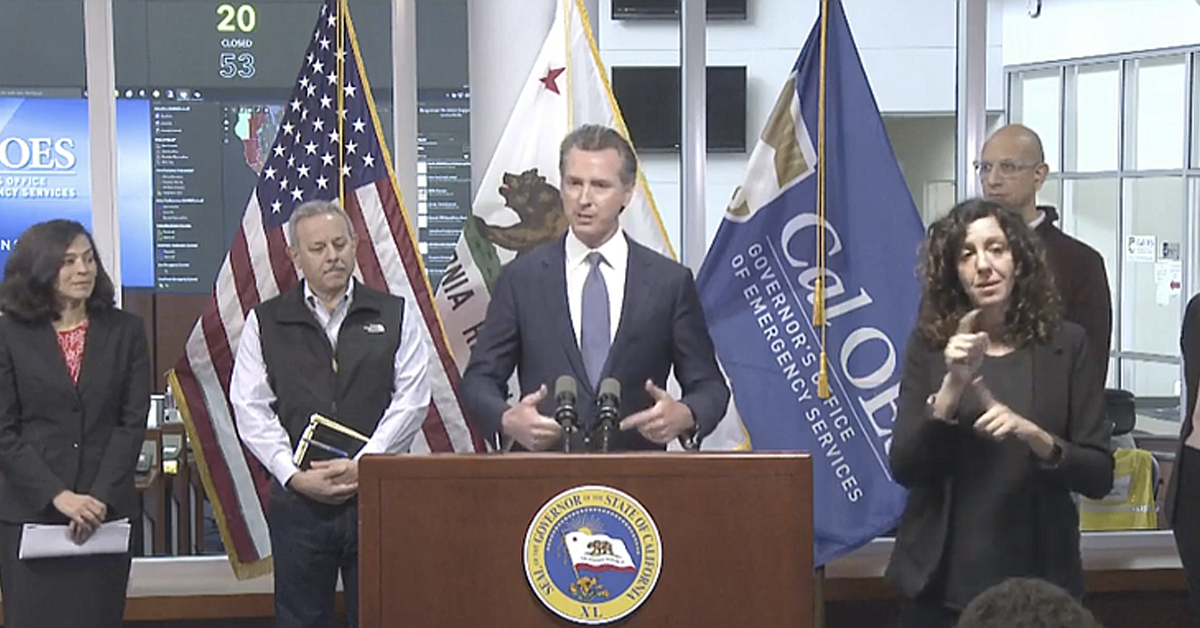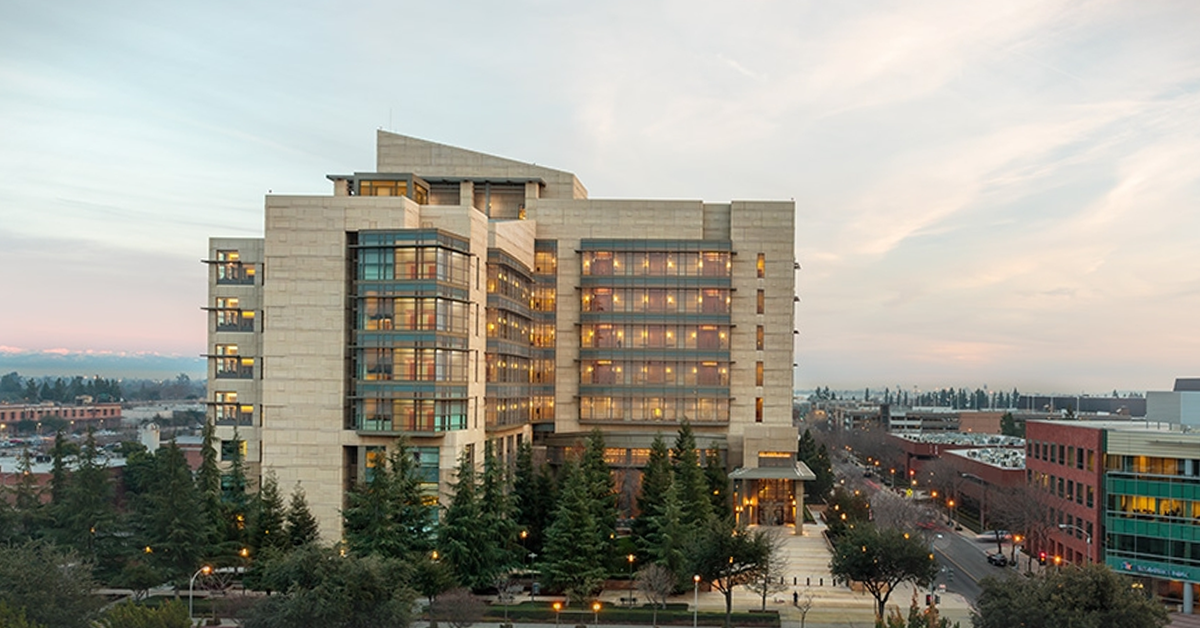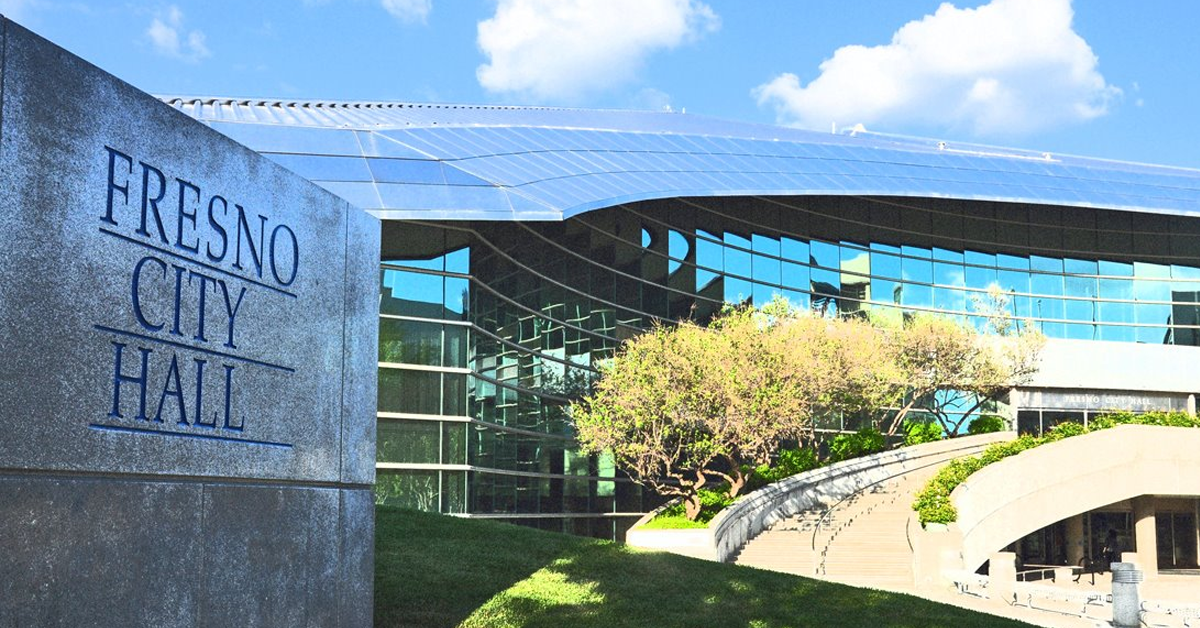The Fresno County Department of Public Health recently revealed a new COVID-19 dashboard, which notably includes contact tracing data that reveals where the spread of the novel coronavirus is happening.
At 60.1 percent, the vast majority of virus has spread in the household, while the next top spreaders have been through community transmission (12 percent) and the workplace (10.8 percent).
However, county health officials cautioned during Tuesday’s public health briefing that the new contact tracing data does not actually paint the whole picture.
“When we refer to contact tracing, what we’re actually doing is speaking to known cases trying to find out who they were in close contact with, and then reaching out to those close contact individuals to try and get them quarantined, to try and get them aware that they may have been exposed to try and reduce the spread,” said Dr. Stephanie Koch-Kumar, the Senior Epidemiologist with the department.
The problem is that the county has not had very much success with its contact tracing program for a variety of reasons – such as too many cases to get to with the widespread surge, the slow turnaround time with test results and the fact that not every contacted individual has willingly offered up the necessary information.
Out of the nearly 95,000 COVID-19 cases in Fresno County, the contact tracing information only includes about 19,000 people.
That’s a 20 percent success rate, meaning the county does not have a firm grasp on how 4 out of every 5 cases are spreading.
“So while we do have some information – it’s available on our dashboard – I would humbly submit that it’s not complete and that we need to just take it with a grain of salt,” said Interim Health Officer Dr. Rais Vohra.
Vohra offered up his perspective on how the county has viewed contact tracing throughout the pandemic.
“In the early months of the pandemic, we were really trying to rely on contact tracing as a layer of protection, but as the months went on and as the numbers went bigger and bigger, then the reliance on contact tracing was really minimized,” Vohra said. “And we were just hoping that the testing as well as the non-pharmaceutical interventions that we’ve been promoting – such as masking, social distancing, staying home if you’re sick – all of those non-pharmaceutical ways that we try to protect people, we’re really relying on those more than contact tracing to really protect the whole population.”
Vohra added that contact tracing “sounds good on paper,” but in reality it has not translated into a perfect system that illustrates how COVID-19 has spread.
Despite the imperfect system, there have been some areas that have been very successful, Vohra said.
“I wish the data was better,” Vohra said. “I wish the contact tracing statistics were a little bit more successful. I will say that there’s some areas, though, that it is very successful, like for example schools. All of the school districts in the county have really invested a lot of time and effort into making sure that they have people on the inside that really understand contact tracint.
“They’re very serious about identifying and isolating anyone who gets symptomatic or sick and making sure that all the close contacts – whether they’re in a classroom or in an office setting – get the information that they ended inor to quarantine if needed.”
Fresno County has allocated $10 million of its CARES Act funds to go toward contact tracing. That’s money – which doesn’t even include the $2 million from the City of Fresno to Building Healthy Communities to conduct contact tracing – that is being spent on a program with only a 20 percent success rate.
Clearly the contact tracing program does not work at a widespread level. As Vohra noted, contact tracing has its highest succes rate when COVID-19 case numbers are concentrated or low.
Given the state of the pandemic, it begs the question of priorities – continued support of contact tracing or increasing support of vaccine distribution?
As it looks to scale up, the potential for shifting resources offers Fresno County officials the opportunity to meet coronavirus response obligations to the state by emphasizing contact tracing in schools and other workplaces in which it has already found success in and divert the remaining funds to support vaccine distribution.
There is, of course, one problem. As Fresno County Supervisor Buddy Mendes regularly notes, the region faces a supply problem.
While there is not enough vaccine supply yet to necessitate any additional county-run mass vaccination sites, mobile vaccine clinics – such as the Sierra Orthopedic (SPOC) clinic at Sierra High School on Thursday – could benefit from increased funds.
The Fresno-Clovis metropolitan area is covered by the three mass vaccination sites: SPOC, Central High School and the Fresno Fairgrounds. That process has been an unquestioned success, so much so that Gov. Gavin Newsom’s aborted announcement about a mass vaccination FEMA site in the county was dubbed unnecessary.
However, people living in rural communities are lacking an easy way to receive the vaccine. County public health officials have had success delivering the vaccine to farmworkers through a mobile site, which has similarly garnered Newsom’s attention.
SPOC, too, is capable of running mobile clinics.
The new quandary: how can local public health officials strike the balance of state-issued demands on monitoring the pandemic while allocating sufficient resources to ending it?










